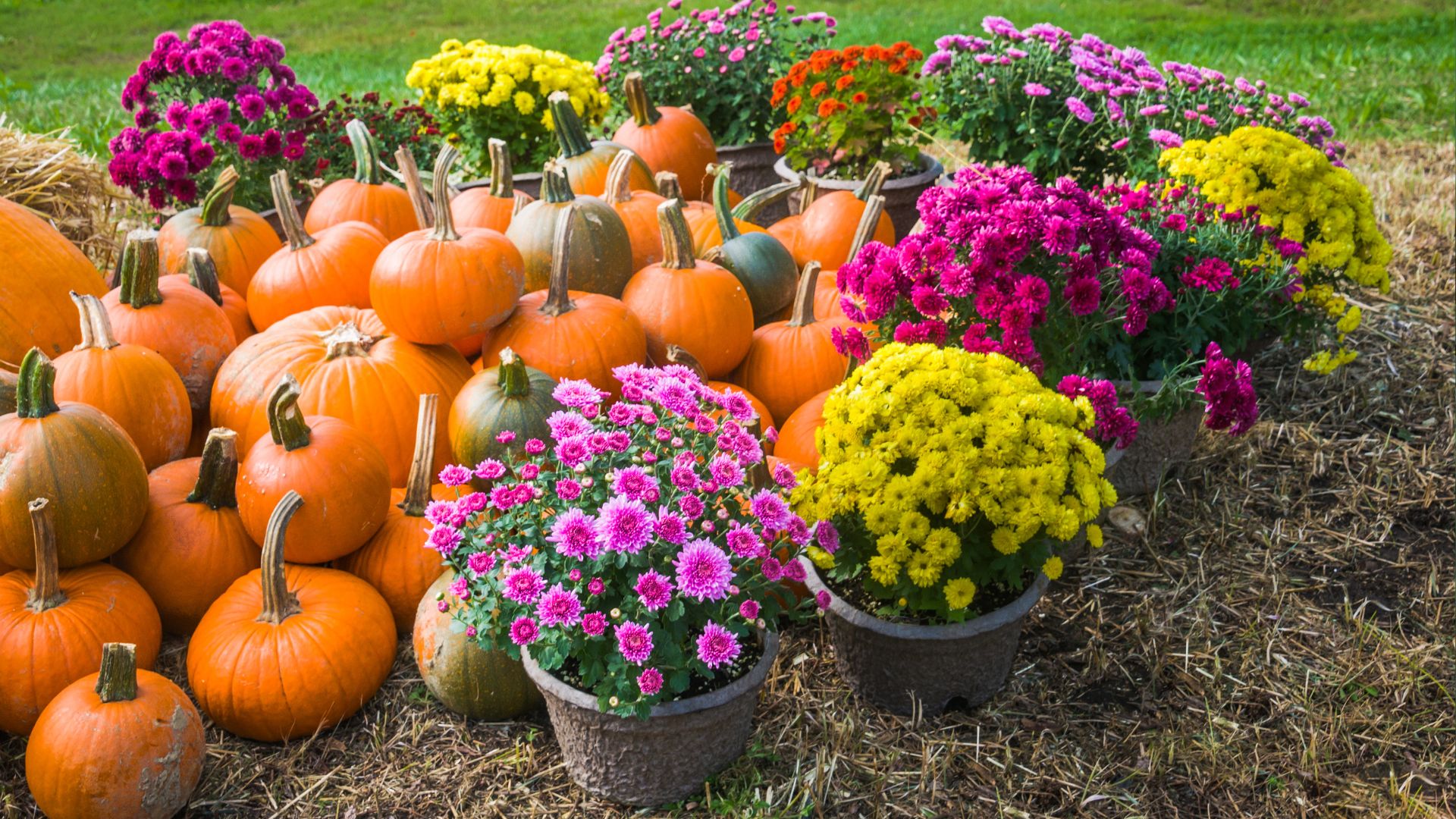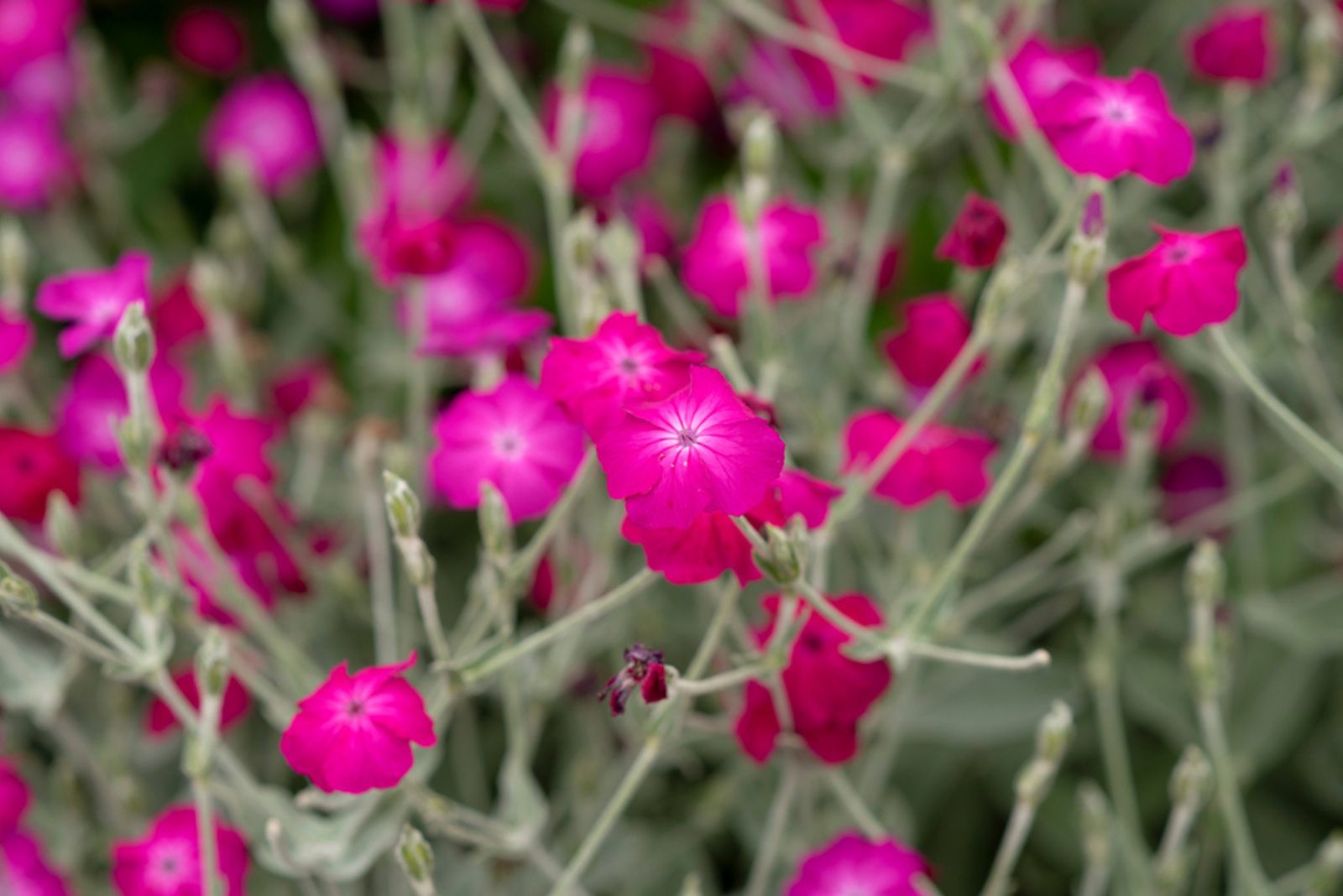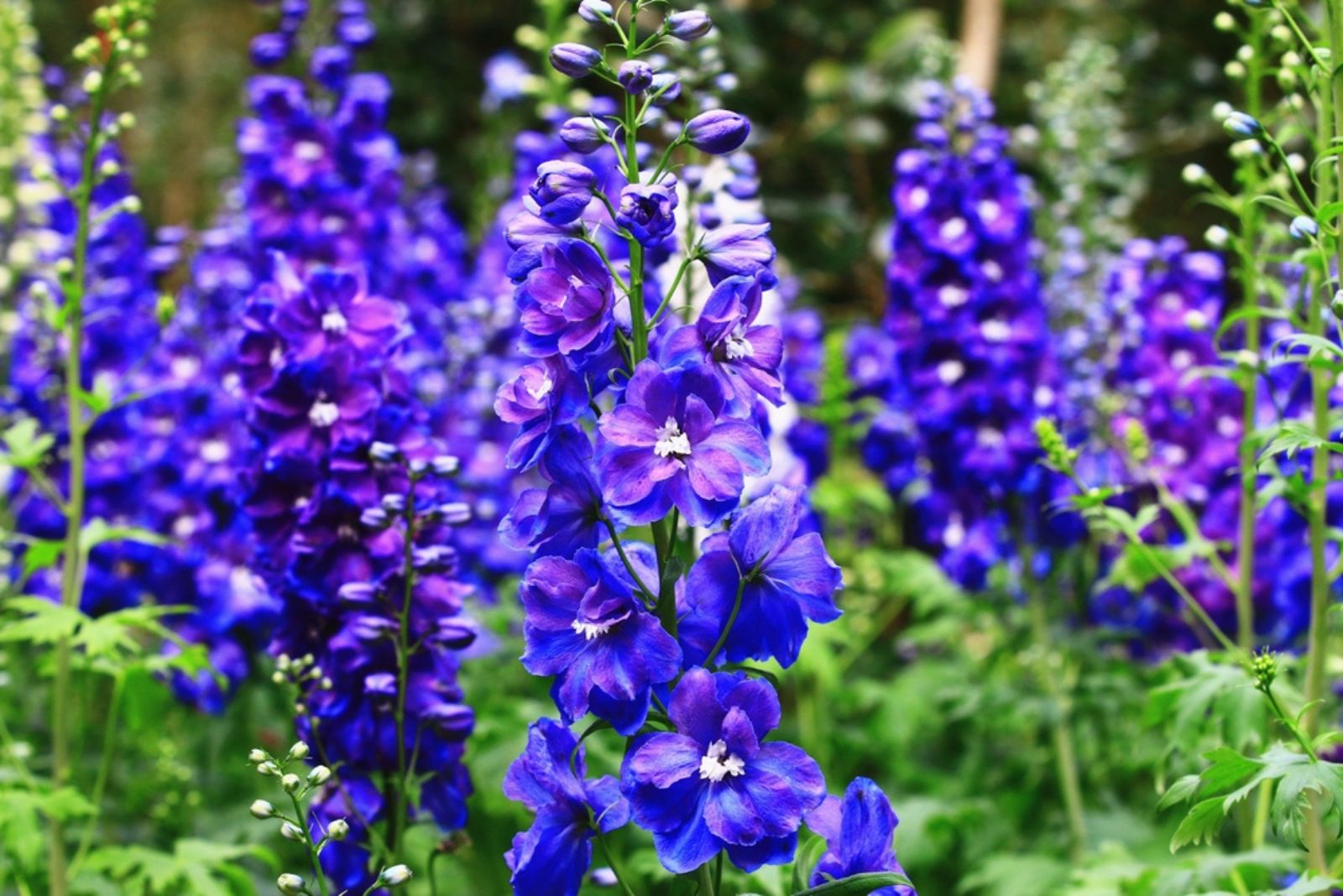October is here, and instead of putting away my gardening tools, I’m ready to plant seeds for next spring!
I have to admit that there’s something exciting about knowing that the seeds I plant now will work quietly through the winter and blossom beautifully later on.
Sure, the garden may look bare now, but soon it will be filled with vibrant colors and lovely scents, as long as you choose the right flowers to plant.
And no worries, I’ll gladly share with you the ones you need to plant this month:
1. Make Your Garden More Colorful With Snapdragons
I absolutely love snapdragons. I mean, they can be grown in flower beds, borders, and even pots!
They come in many colors, from bright yellows and oranges to soft whites and pastels, so you can combine them and get the most unique color palette for the garden.
These hardy annuals produce flowers from spring to summer in warm areas and can last into fall in cooler places. To plant, just sprinkle snapdragon seeds on fine compost and put them in a cold frame or greenhouse.
Once the seedlings grow, move them to individual pots and let them thrive until spring when the frost is gone.
Snapdragons love sunny spots with well-drained, moist soil. To get more flowers, pinch back the main stem or cut some for fresh bouquets.
2. Rose Campion Will Thrive Without Much Effort
If you live in USDA hardiness zones 4 through 8 and are looking for a fun addition to your garden, I would suggest planting a rose campion.
This plant features unique gray-green leaves and eye-catching magenta flowers (ideal for both cottage gardens and modern rock gardens).
This champ is best planted in the fall because their seeds need a cold period to germinate. They still need light though, so press them lightly into the soil without covering them completely.
Rose campion can grow in both partial shade and full sun exposure. Just remember to water them only during long periods of drought, and you’ll see an abundance of flowers!
Also read: 25 Gorgeous Pink Perennial Flowers For Every Season
3. You’ll Fall In Love With Columbine
Columbine is a beloved perennial in gardens and known for its charming bell-shaped flowers that attract hummingbirds and look beautiful in bouquets.
Starting columbine from seed is simple and can be done from spring to fall (although you won’t see flowers in the first year). Just sow the seeds directly in the place where you want them to grow.
Columbine loves full sun but appreciates a bit of shade in hotter areas. If you live in a colder zone, mulching can help protect the plants during winter.
Ensure the soil stays moist until the plants are settled in, and then water them occasionally during drought. Soon enough, you’ll be enjoying their magnificent blooms in your garden!
Related: 25 Best Flowers For Early Spring And A Gorgeous Display
4. Pick Larkspur To Add Height To Your Garden
Annual larkspur produces beautiful tall spikes of purple, pink, or white flowers that are great for adding height to the garden from late spring through summer.
These seeds need a cold period to germinate, so October is the perfect time to sow them. Plant them directly in the spot where you want them to grow since their tap root doesn’t like being disturbed.
If you prefer, you can start them in pots using one seed per small pot or module for easier transplanting later.
Make sure that your larkspur receives full sun and fertile soil that is neutral to alkaline. Keep the soil moist, fertilize every two weeks during the growing season, and ensure that the area is weed-free.
5. Agastache Is Super Easy To Grow
Agastache (aka anise hyssop), is a hardy perennial herb that thrives in poor soil and doesn’t need much water.
It’s a drought-tolerant plant that features tall, fuzzy spikes that bloom in purple, pink, blue, orange, or white colors (super colorful, I know).
Their height makes them perfect for the back of borders, though they also look great in containers!
These plants can grow in USDA zones 4 to 10, and adding a layer of mulch will help them survive colder winters.
Growing agastache from seed is super easy. You can sow them directly in the fall or start them indoors once the frost hits for planting in spring.
Keep them in the sun and water until they’re well established. Use the leaves to make delicious tea and enjoy your lively garden!
Alright, now that we’ve gone through what to plant in October, it’s your turn to pick your favorites (or mix and match a few) and get started!
Also read: 9 Native Wildflowers To Sow In October For A Colorful Spring And Summer



